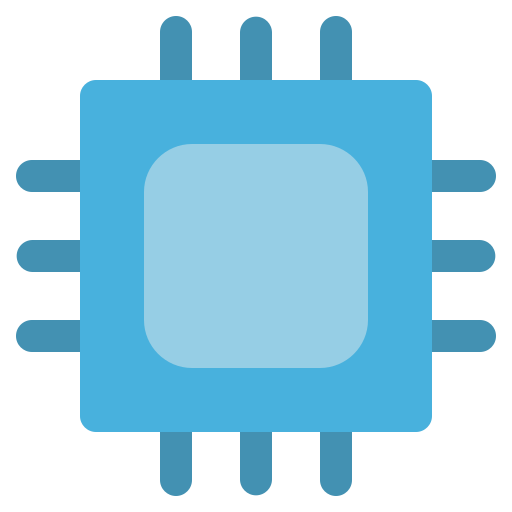$400 to do something a 10 year old $50 phone could do
I mean, there’s nothing terribly unusual about the computing capabilities. The point of it is that it has an e-ink display. That has several important benefits:
-
Because it’s a reflective rather than transmissive display, it doesn’t matter how much light you’re in. If you’re using an LCD or OLED display outside, the only way it can be visible is to compete with the light shining on it. Which, in the case of the sun, is a lot. If you want to use a typical laptop in the sun, it’s a pain. More light just makes an e-ink display easier to read.
-
If you’re using it to view things that don’t update the display much, it can have extremely low battery usage.
-
Some people prefer the appearance of e-ink.
-
Some people find that LED/LCD displays cause eyestrain, and e-ink doesn’t. I personally think that a lot of this could be resolved by turning display brightness levels down, but people like what they like.
For some use cases, the e-ink display buys nothing or is detrimental. This would be worse for, say, watching movies than pretty much any smartphone.
But for others, it’s important.
Whether-or-not it has value really depends on whether your use case is a good match for an e-ink display (for this particular device, a color e-ink display).
. I personally think that a lot of this could be resolved by turning display brightness levels down, but people like what they like.
It’s the opposite: turn the brighness on an OLED display to 100% and the eyestrain ends because the flickering goes away. Pulse width modulation is used for dimming OLED displays – that means turning the screen off and on again in a very quick manner – to simulate a darker screen. It’s fast enough for your brain to think it’s a dimmer screen, but slow enough that the muscles in your eyes still react to the sudden on/off again flashing, which results in eyestrain and headaches. A lot of cheap OLED panels flicker at only 240Hz at anything below 100% brightness, resulting in eyestrain. Chinese phones have gotten around this by using things like DC dimming (lowering the voltage to the diodes) or increasing the rate of the flicker to greater than 1KHz (called high frequency pwm dimming), which is fast enough that your eye muscles don’t notice the flicker.
It’s enough of an issue that Apple followed suit, having just moved to high frequency pwm dimming as a “new” feature on the iPhone 17 last month. They call the feature “Display Pulse Smoothing” and describe it as:
“Disables pulse width modulation to provide a different way to dim the OLED display, which can create a smoother display output at low brightness levels. Disabling PWM may affect low brightness display performance under certain conditions.”
Note that the pwm flicker rate is different than the refresh rate, which has to do with how quickly things are drawn on the screen.
How it relates to e-ink, I do not know. About a decade ago, most e-ink e-readers got backlights and I remember buying the then newest Nook that had a backlight. I would read before going to bed, and as I closed my eyes, I would see flashing light in the outline of the Nook, like a residual effect of screen flicker. I am on a Kobo Libra 2 now and no longer have this flickering issue.
Regarding the Boox, this is a form factor that I’ve always wanted for an e-reader, to use on public transit. I think it’s a fine size for my kids as well. But I’ll wait and see after launch if the current version is discounted and get it from Taobao.
-




